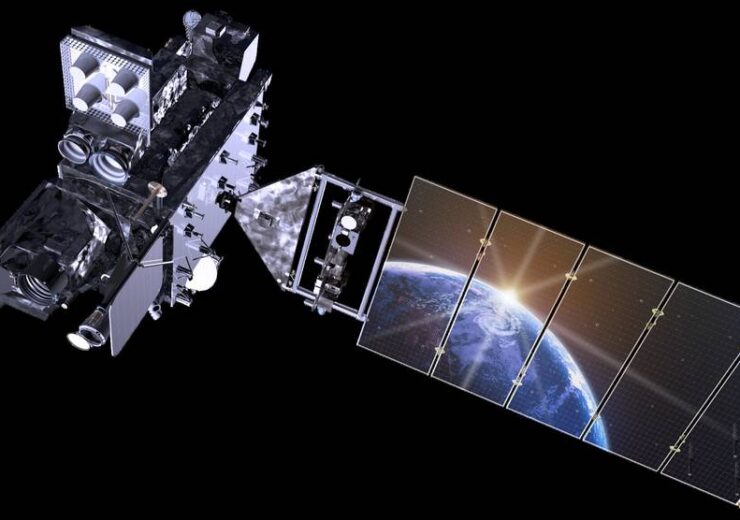The satellite will be engaged in tracking lightning, destructive wildfires, dense fog, Pacific Ocean-based storms, and other dangers that threaten the US West Coast, Alaska, and Hawaii

The GOES-T weather satellite was launched on a United Launch Alliance Atlas V rocket. (Credit: Lockheed Martin)
The National Aeronautics and Space Administration (NASA) has launched a next-generation weather satellite called GOES-T into orbit for the US National Oceanic and Atmospheric Administration (NOAA).
GOES-T is the third in a series of such earth observation satellites for NOAA.
The latest geostationary operational environmental satellite (GOES) was launched from Cape Canaveral Space Force Station on the Atlas V rocket built by United Launch Alliance (ULA).
ULA government and commercial programmes vice president Gary Wentz said: “This successful launch adds to the GOES-R series, the Western Hemisphere’s most sophisticated weather observation and environmental monitoring system.
“The Atlas V delivered GOES-T directly to a geosynchronous transfer orbit. The orbital delivery accurately placed the spacecraft closer to its final destination which conserves the satellite’s fuel supply and enables a longer mission life.”
According to NASA, the solar arrays of the spacecraft were deployed successfully. This has enabled the spacecraft to operate on its own power.
The US federal space agency said that after a successful orbital checkout of its instruments and systems, GOES-18 will begin operations over the US West Coast and Pacific Ocean. The position of the satellite places it in an important spot where it can monitor weather coming in from the west to the east over the US, said NASA.
NASA Deputy Administrator Pam Melroy said: “We at NASA are proud to support our joint agency partner, NOAA, and their mission to provide critical data and imagery to forecasters and researchers tracking hazardous weather.
“While the GOES-R series satellites’ main job is to help with weather prediction, these satellites produce observations that also help with NASA science. Our agencies’ collaboration brings great benefits toward understanding our planet.”
NASA said that the GOES-T satellite will give coverage of weather and dangerous environmental conditions in the Western Hemisphere in a continued manner.
The satellite will be engaged in tracking lightning, destructive wildfires, dense fog, Pacific Ocean-based storms, and other dangers that threaten the US West Coast, Alaska, and Hawaii, said NOAA.
The mission will also involve predicting space weather near Earth that can interfere with satellite electronics, radio communications, and global positioning system (GPS).
NASA said that GOES-T will be renamed GOES-18 after it is positioned in a geostationary orbit, 22,300 miles above Earth.


